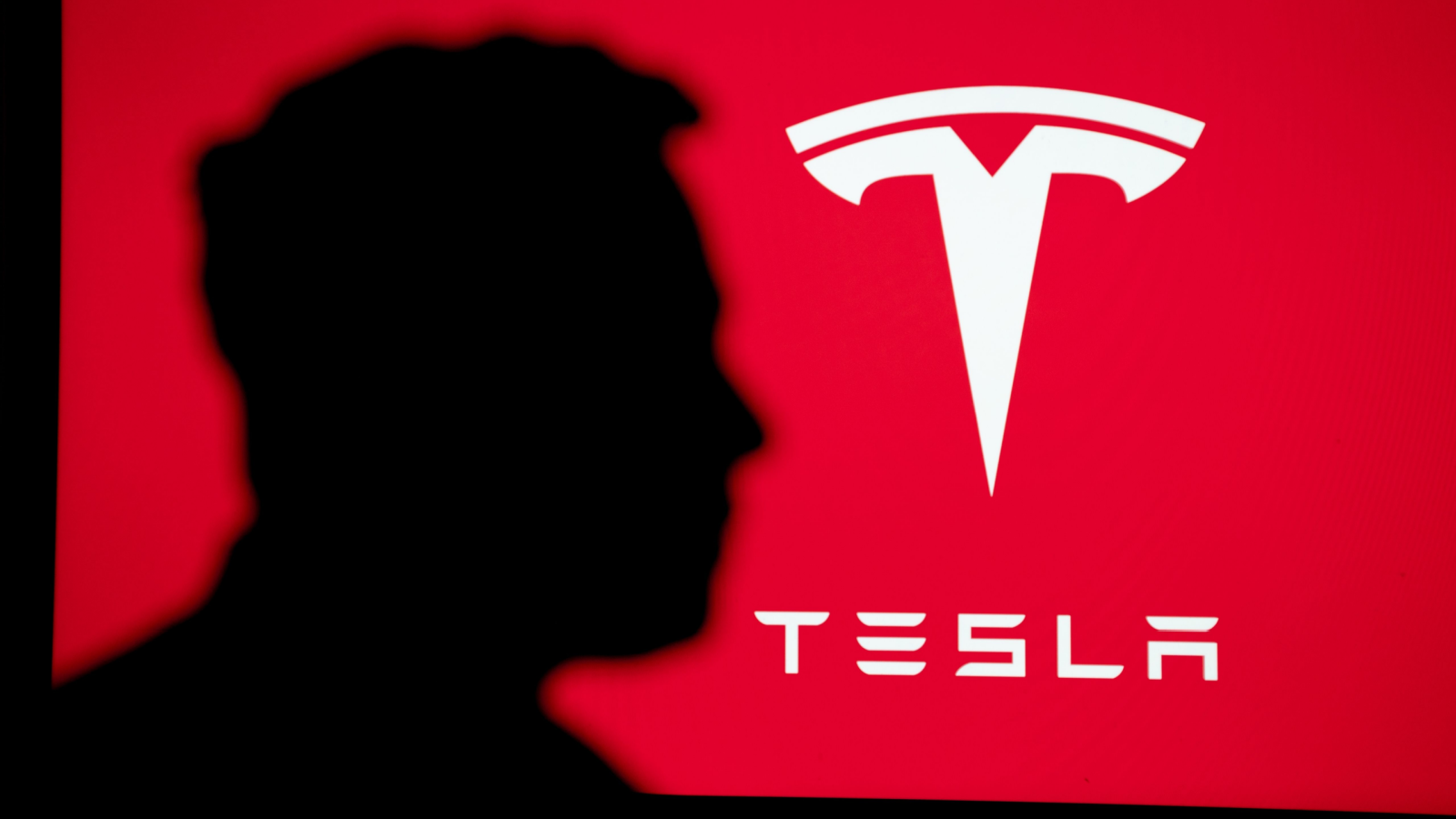
Tesla (NASDAQ:TSLA) plans to lay off another 601 employees, the automaker reported to the government of California. The latest job cuts come after Elon Musk’s electric vehicle (EV) maker had carried 9ut three rounds of layoffs in the last month. TSLA stock has dropped by about 2% since the opening bell.
Tesla’s Job Cuts
According to the notice that the automaker provided to Sacramento, Tesla intends to begin laying off 601 of its employees based in Northern California on June 20. The job cuts will affect employees at the company’s Palo Alto facility and Fremont plant. At Palo Alto, the firm assembles its powertrain equipment and directs companywide engineering activities. The vast majority of the company’s EVs are assembled in Fremont.
In late April, Musk cut all 501 of Tesla’s employees responsible for managing the company’s Superchargers. However, Bloomberg recently reported that the automaker had begun rehiring a number of these employees. Among those who have rejoined the firm is its director of charging for North America. Bloomberg noted that it was unsure how many of the Supercharger workers had been rehired.
Musk had stated last month that his automaker intended to dismiss over 10% of its 140,000 global employees. However, Reuters reported, citing unnamed sources, that the CEO subsequently decided to lay off 20% of the workforce.
TSLA Stock: What Investors Should Watch Going Forward
In recent months, Tesla’s sales have been dropping as it deals with tougher competition globally and increased anti-EV sentiment in the U.S. Musk’s controversial political views and policies implemented at X (formerly Twitter) aren’t helping. His actions have angered a significant portion of his potential customer base and are also likely negatively impacting Tesla’s performance here.
Finally, the American media has recently begun disseminating a large number of negative articles about Tesla, and that unfavorable coverage is also likely weighing on TSLA’s performance.
To counter these negative catalysts, Musk is looking to improve the company’s advanced driver assistance systems (ADAS).
The owners of TSLA stock and those thinking of buying the shares should monitor these negative catalysts and the extent to which they are hurting Tesla’s sales. Over the longer term, they should gauge the extent to which the company’s ADAS improvements are boosting Tesla’s financial results.
On the date of publication, Larry Ramer did not hold (either directly or indirectly) any positions in the securities mentioned in this article. The opinions expressed in this article are those of the writer, subject to the InvestorPlace.com Publishing Guidelines





